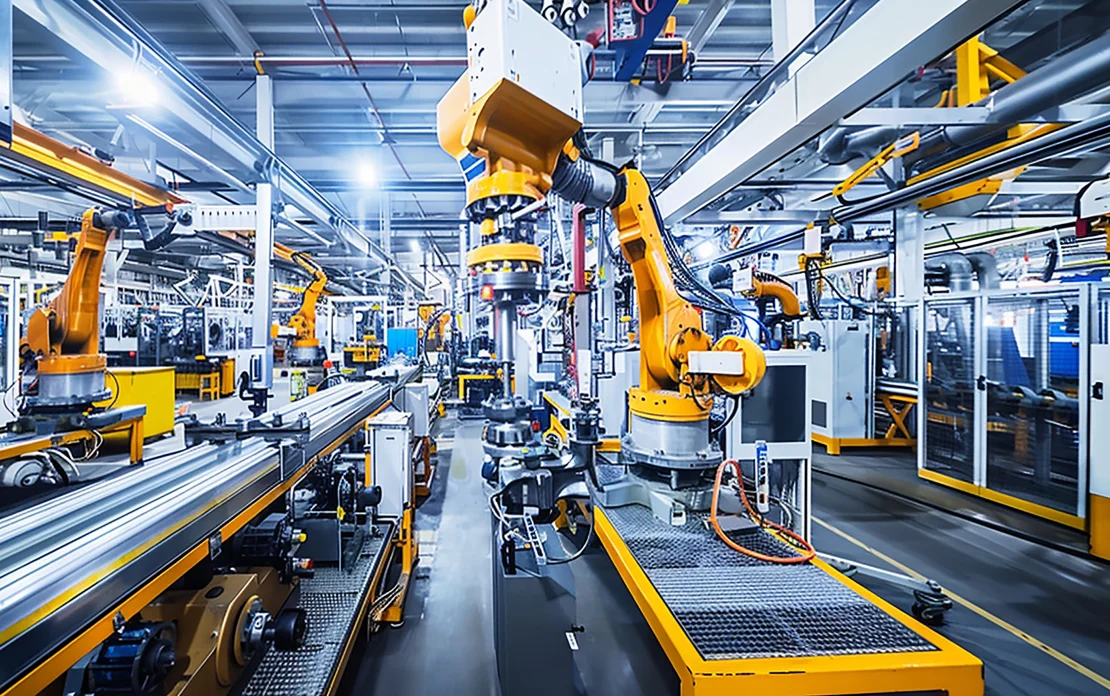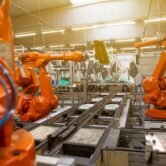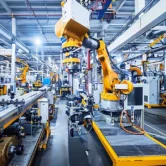
The Sharp Edge of Light: How Laser Cutting Reshapes the Boundaries of Modern Industry
1. The Alchemy of Light: The Physical Code of Laser Cutting
When a beam of photons oscillates and amplifies in phase and wavelength within a resonant cavity, a laser with miraculous cutting power is born. This phenomenon of stimulated emission of radiation (LAR) can generate energy densities up to a million times brighter than the sun’s surface. Modern fiber lasers can convert 30% of electrical energy into laser light, a quantum leap compared to the 3% conversion efficiency of traditional CO2 lasers.
During the cutting process, a focusing lens concentrates the laser beam into a spot with a diameter of 0.01-0.3mm, generating transient temperatures exceeding 10,000°C on the material surface. This temperature is high enough to vaporize any known material in a thousandth of a second, while the assist gas, like a precise scalpel, blows away the molten material. The 20kW ultra-high-power laser developed by Japan’s FANUC can even cut 100mm thick carbon steel plates in a single pass.
II. Cross-border Conqueror: A Revolution in Multi-Material Processing
In the aerospace sector, SpaceX uses lasers to cut titanium alloy fuel tank walls just 1.2mm thick, yet withstand 3,000 tons of thrust during launch. Through precise control of the pulsed laser, the heat-affected zone (HAZ) is kept to less than 50 microns, preserving 95% of the material’s original strength.
The medical field has witnessed even more sophisticated breakthroughs: Swiss watchmakers use femtosecond lasers to engrave nanometer-scale serrations on surgical blades, reducing cell damage by 82% when cutting human tissue. Meanwhile, a UV laser system developed by Chinese scientists can cut 400 microlens arrays into a 0.5mm-thick intraocular lens, increasing the light transmittance of artificial corneas to 99.2%.
In the electronics industry, Samsung Display’s flexible OLED production line uses green laser cutting technology, achieving a precision of ±5μm for custom-cutting while maintaining the functionality of organic materials. This is equivalent to accurately engraving the cross-section of a human hair five times.
III. Intelligent Light: A Cutting Revolution in the Digital Age
Trumpf’s TruLaser Center 7030 integrates 128 real-time sensors and AI algorithms, enabling dynamic adjustment of 3,000 process parameters during the cutting process. Its developed “perforation prediction system” uses acoustic feedback to identify material defects, reducing the scrap rate to below 0.003%.
Within the Industry 4.0 framework, laser cutting systems are evolving into the physical endpoints of digital twins. In Shenzhen Han’s Laser’s smart factory, each machine generates 2TB of processing data daily. Using deep learning to optimize path planning, cutting efficiency for complex parts has increased by 40%. Its five-axis laser machining center can online compensate for thermal deformation errors as low as 0.005mm.
When laser meets additive manufacturing, a new paradigm in hybrid processing has emerged. Optomec’s LENS system from the United States enables simultaneous micron-level cutting during laser cladding, enabling a revolutionary “process-as-you-grow” process. The aviation turbine blades manufactured with this technology have a forming accuracy of ±15μm in the cooling channels, which increases engine efficiency by 7%.


